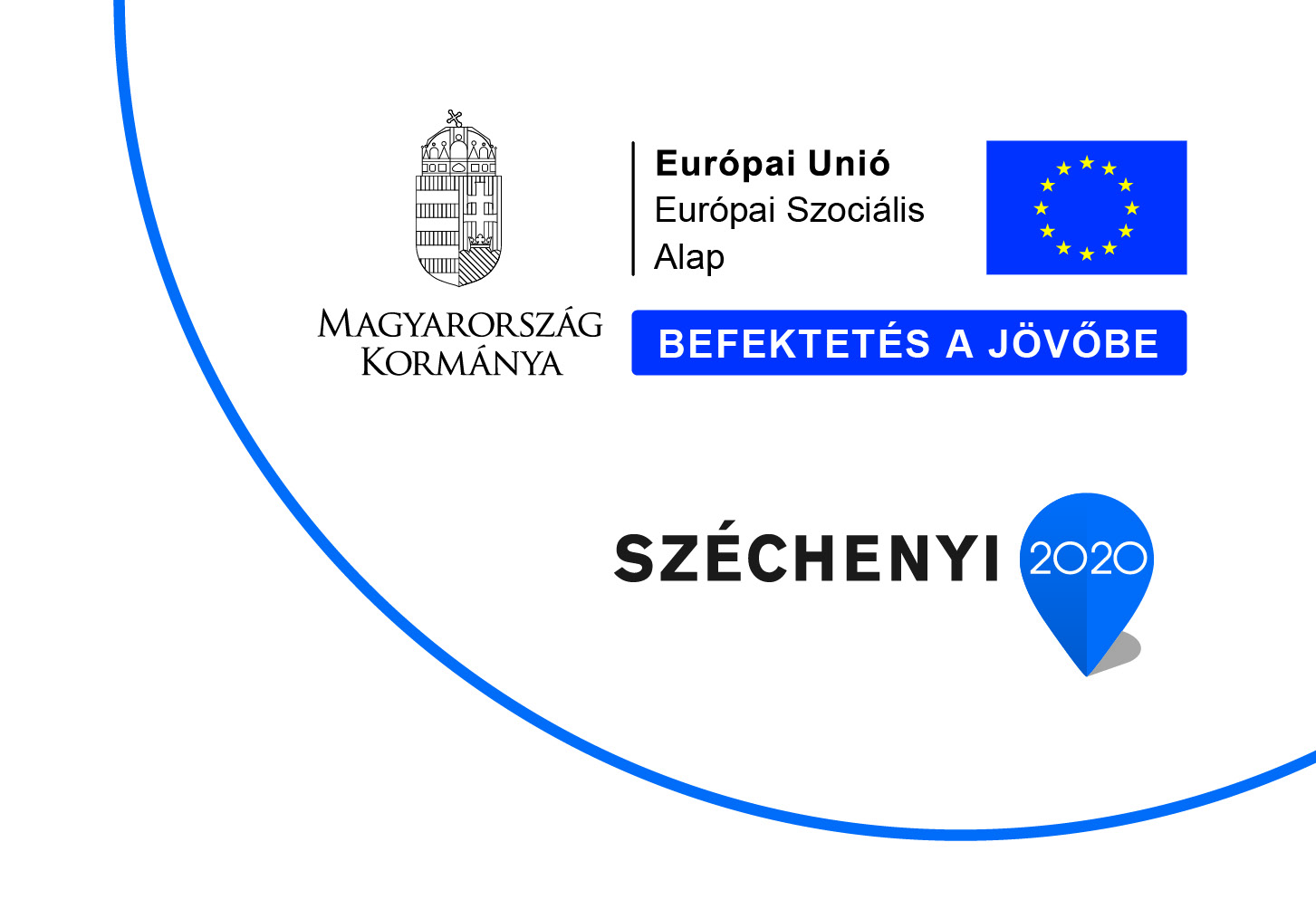Török Bálint (2025) Comparing classic and contemporary children TV shows through Regality theory. Külkereskedelmi Kar.
|
PDF
Thesis draft 5.0 corrected statement.pdf Hozzáférés joga: Csak nyilvántartásba vett egyetemi IP címekről nyitható meg Download (1MB) |
|
|
PDF
Török_Bálint_internal_KP_2025.pdf Hozzáférés joga: Bizalmas dokumentum (bírálat) Download (232kB) |
|
|
PDF
eva.vass_20250602_120012torok.balint.1.pdf Hozzáférés joga: Bizalmas dokumentum (bírálat) Download (135kB) |
|
|
PDF
eva.vass_20250602_120046torok.balint.2.pdf Hozzáférés joga: Bizalmas dokumentum (bírálat) Download (115kB) |
Absztrakt (kivonat)
This thesis examines and compares classic (socialist-era) and contemporary Hungarian children’s television programs, using Regal Communication Theory as the primary theoretical framework. It addresses how these two eras of programming transmit cultural and educational values to young audiences. The research employs a qualitative content analysis of selected programs from each period (e.g., Mazsola és Tádé, Futrinka utca, Móka Miki, and the modern Hetedhét Kaland) complemented by semi-structured interviews with children’s programming editors at the Hungarian public broadcaster. This methodology allows a systematic analysis of narrative themes and communication styles, as well as insight into the creators’ intentions. The findings reveal that classic pre-1990 children’s shows embodied “regal” communication patterns: they portrayed benevolent authority figures and prioritized obedience, collective harmony, and respect for elders, conveying explicit moral lessons in gentle narratives. In contrast, contemporary programs display predominantly “kungic” traits: hosts speak to children as equals and encourage creativity, curiosity, and individual expression. Modern shows integrate educational messages through engaging, playful segments (craft projects, interactive experiments, cultural stories) rather than through didactic instruction. Emotional openness and empathy are emphasized, and while core values like kindness and cultural heritage persist, they are conveyed in a more child-centered, flexible manner today. By applying Regal Communication Theory, this study interprets these patterns as reflecting broader societal changes in Hungary. During the socialist era, children’s television functioned as a top-down instrument of socialization; in the globalized, multi-channel context of the 2020s, it has shifted toward an interactive, participatory model. The expert interviews corroborate that the educational mission endures but is implemented with new methods (e.g., gamified language lessons, subtle moral storytelling, and co-created content). These results highlight how the shift from authoritative to conversational communication styles mirrors a societal transition from a regal mindset to a more kungic orientation in media. These results have broader implications for media education and children’s cultural socialization. They suggest that children’s television remains a key site for transmitting societal values to new generations, even as political regimes and media technologies change. Understanding the interplay between regal and kungic communication patterns can inform educators and policymakers in designing children’s media that supports positive learning, creativity, and cultural engagement. In sum, this research contributes to knowledge of how historical change shapes children’s media and underscores the importance of culturally relevant, value-driven programming in the digital age.
Intézmény
Budapesti Gazdasági Egyetem
Kar
Tanszék
Kommunikáció Tanszék
Tudományterület/tudományág
NEM RÉSZLETEZETT
Szak
| Mű típusa: | diplomadolgozat (NEM RÉSZLETEZETT) |
|---|---|
| Kulcsszavak: | children, communication theory, gyermekek, Hungary, kommunikációelmélet, Magyarország, médiaelmélet, television, televízió |
| SWORD Depositor: | User Archive |
| Felhasználói azonosító szám (ID): | User Archive |
| Rekord készítés dátuma: | 2025. Okt. 27. 14:31 |
| Utolsó módosítás: | 2025. Okt. 27. 14:31 |
Actions (login required)
 |
Tétel nézet |



